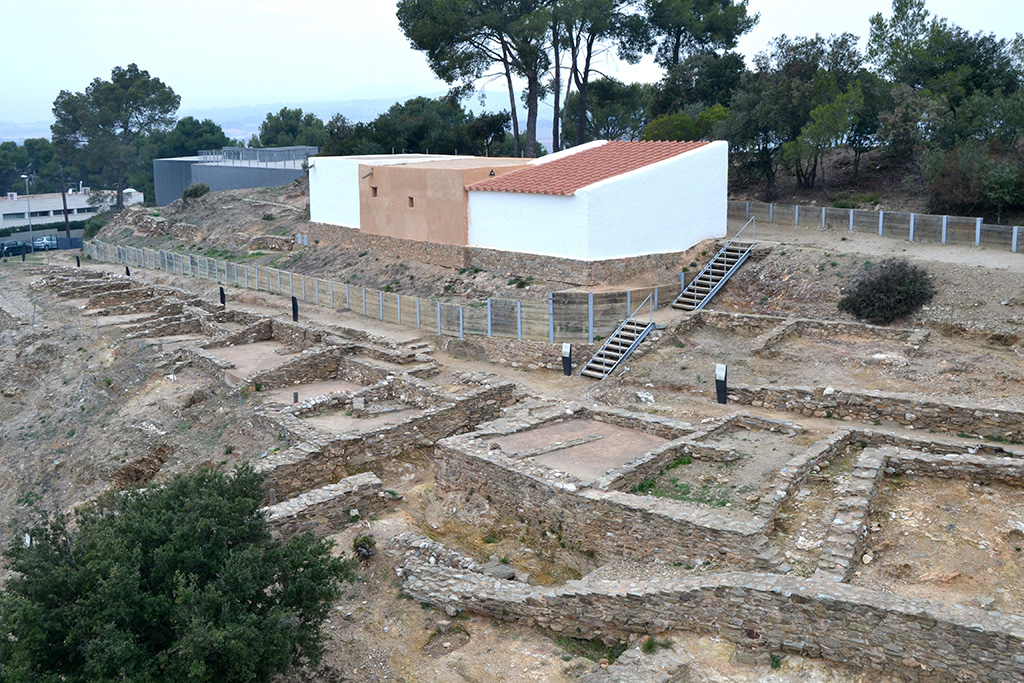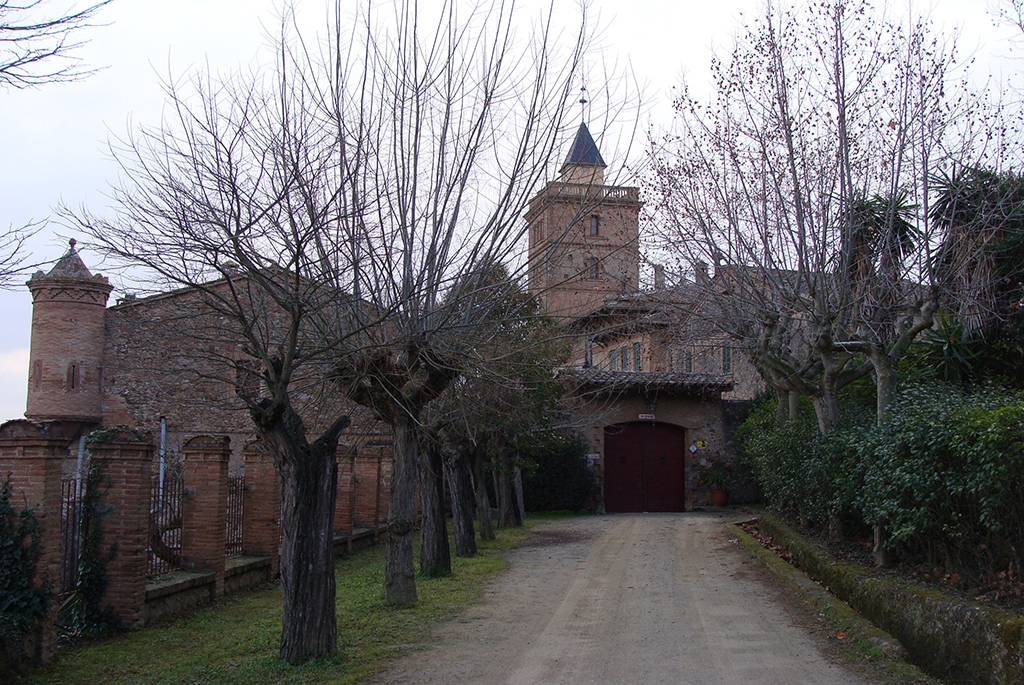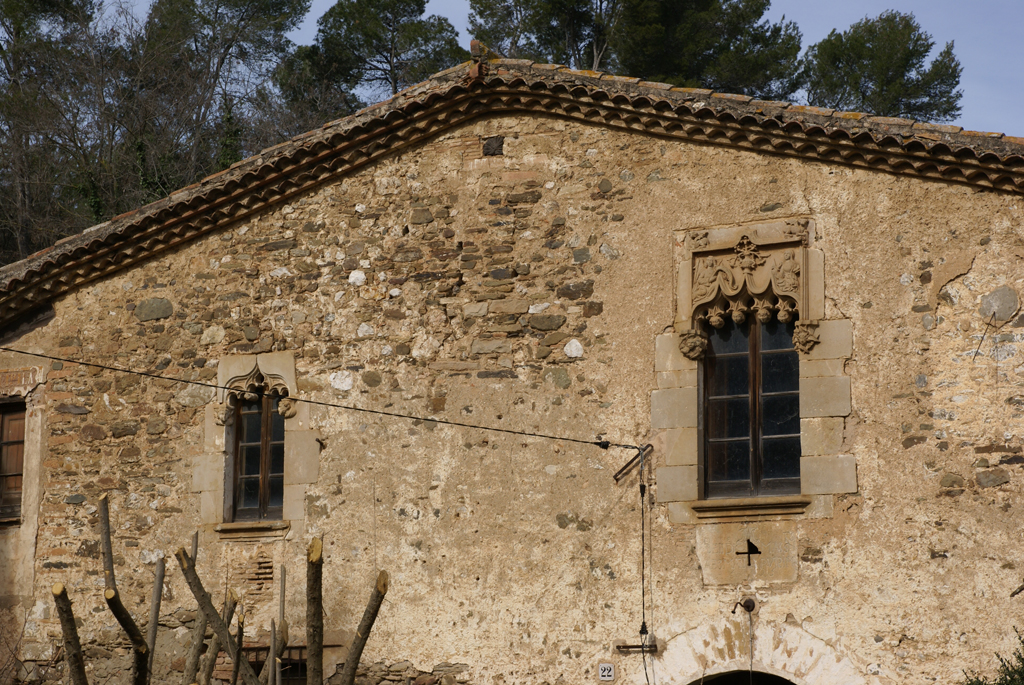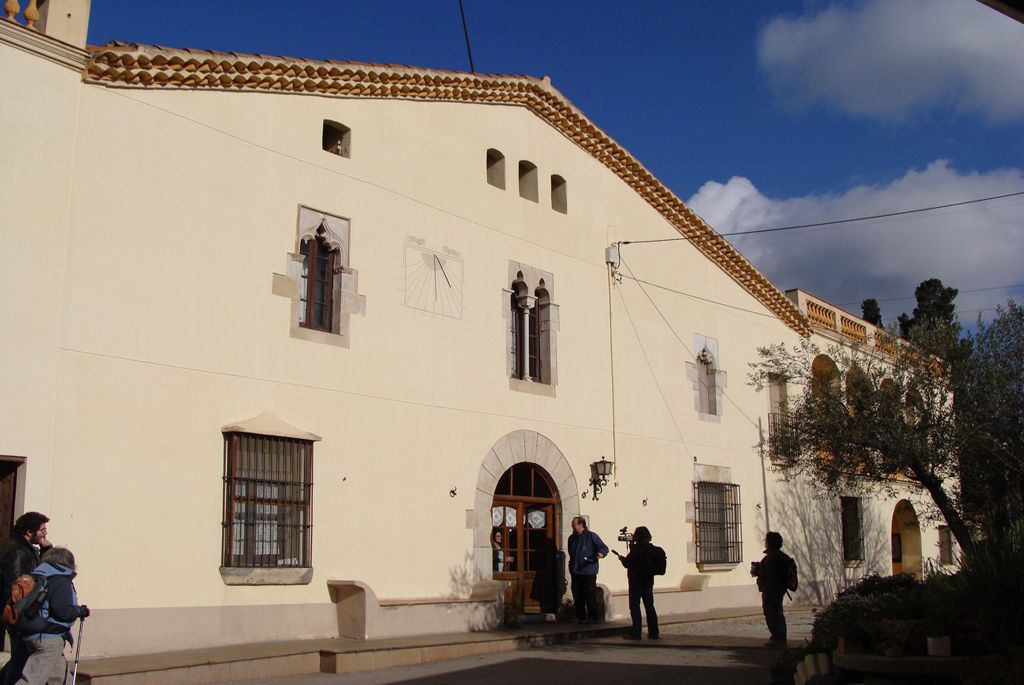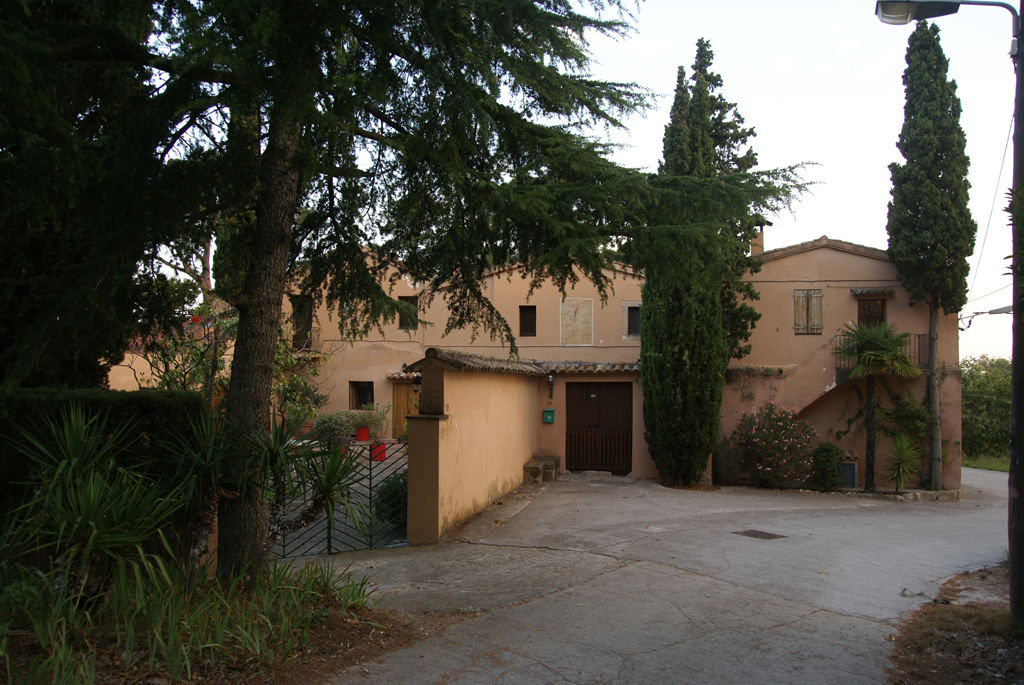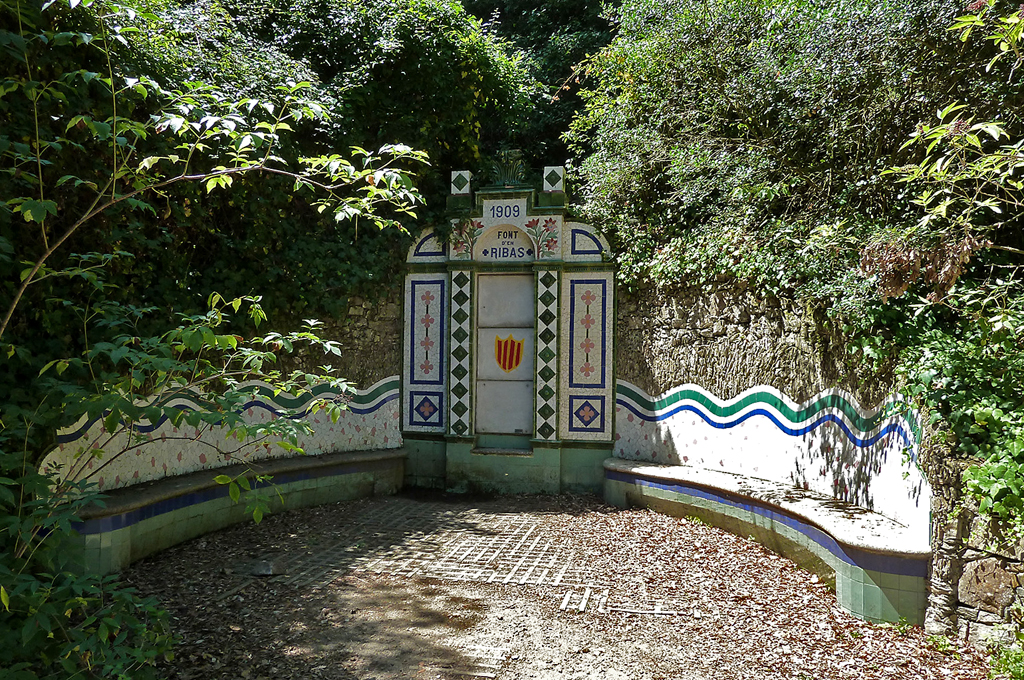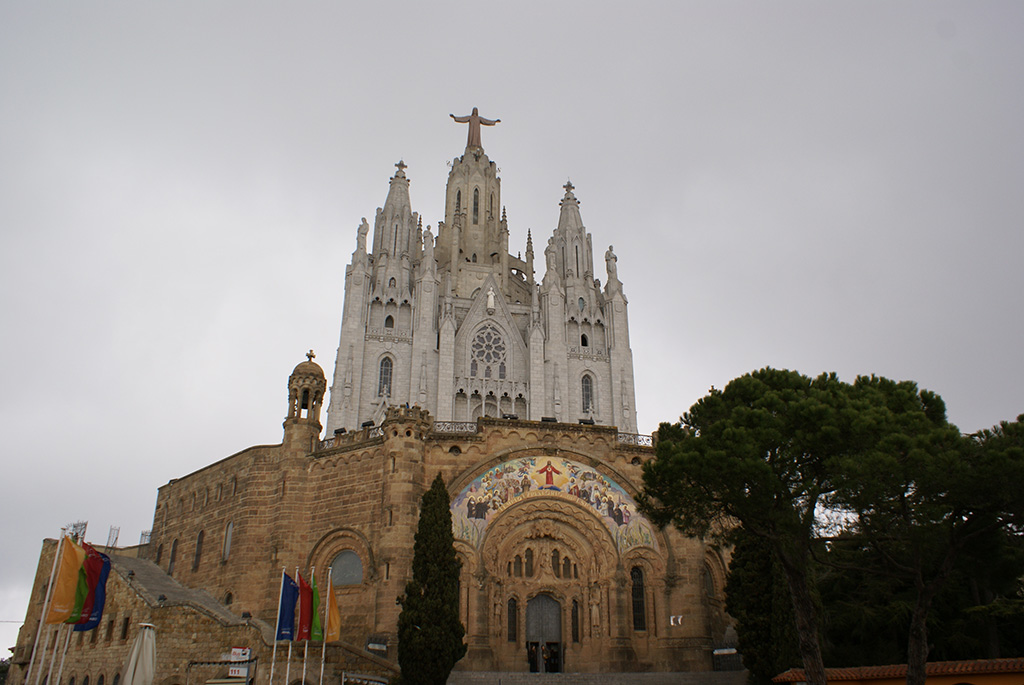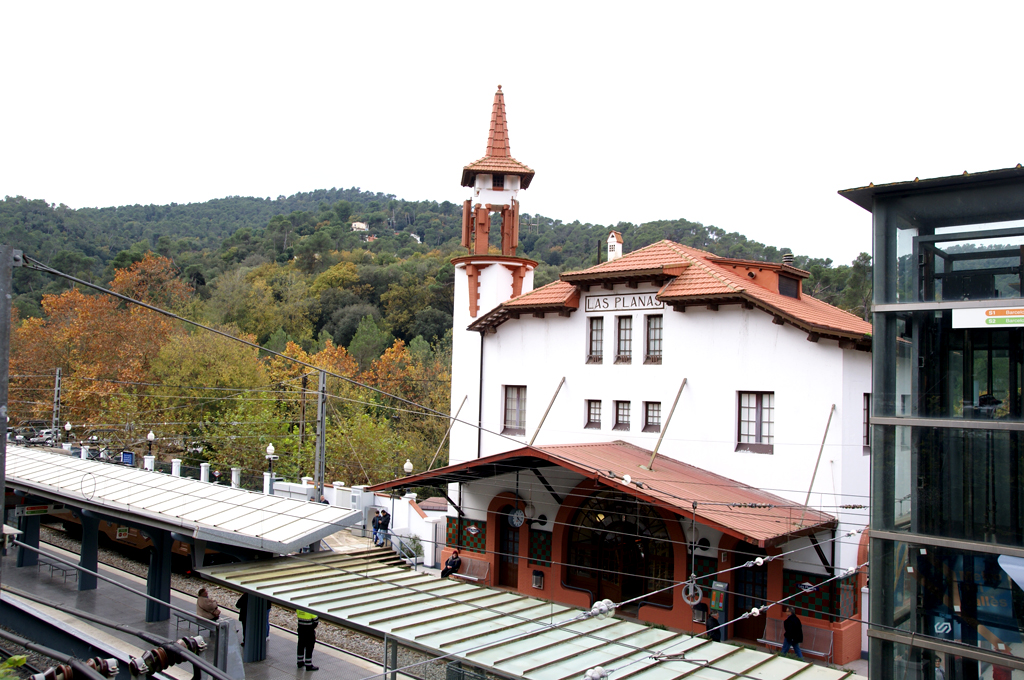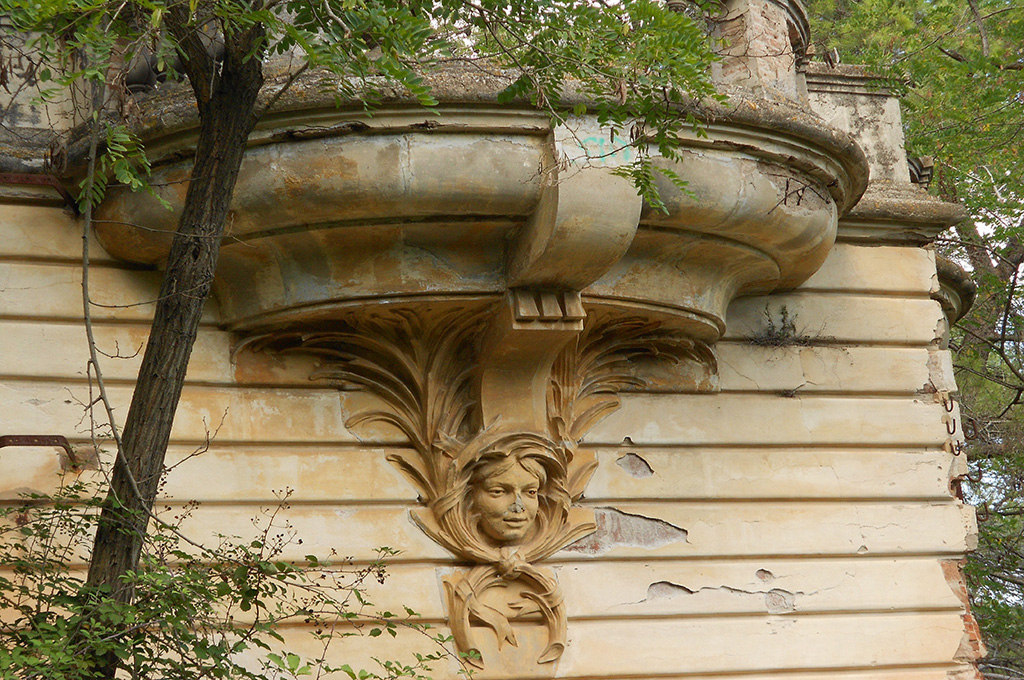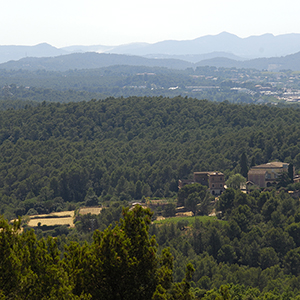Collserola has been the setting for human activity, and also its support, for many, many years. The landscape we see today is the result of this interaction over the course of time.
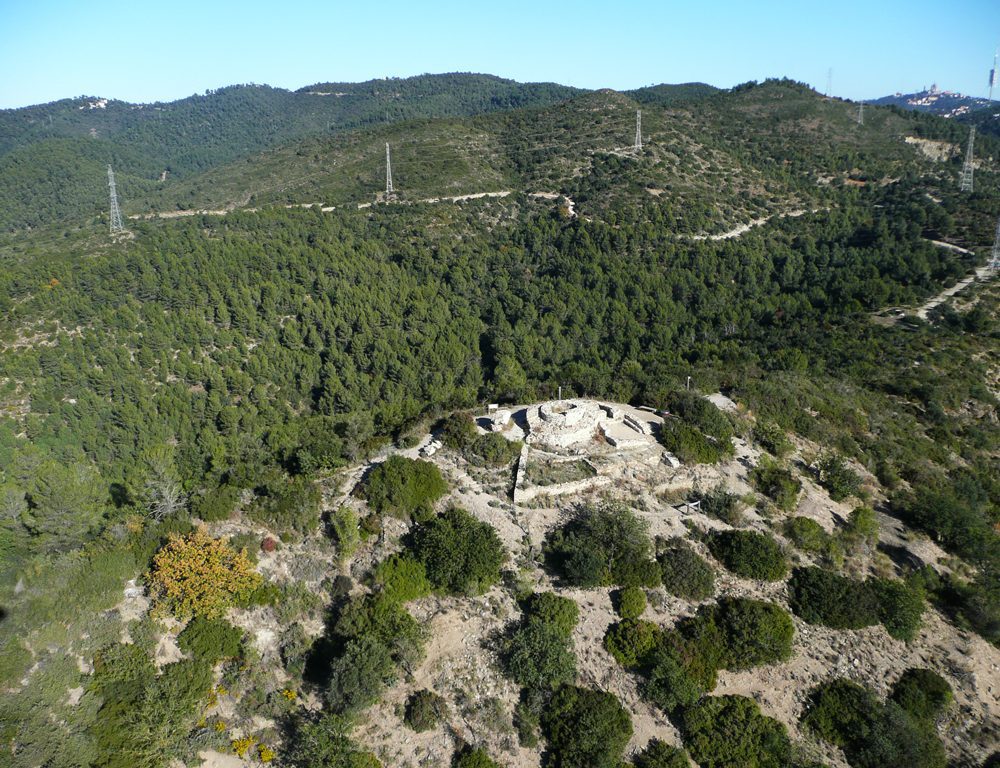
There are extremely ancient traces of the human presence in these mountains, such as the very rudimentary tools dating from the early Palaeolithic, more than 100,000 years ago, found at Ca n’Albareda (Sant Feliu de Llobregat).
During the Neolithic period, 6,000 years ago, the settlers on Collserola lived in caves such as the Cova de l’Or in Santa Creu d’Olorda. Burials in pit graves, found at Ca n’Oliveres in Sant Just Desvern, are evidence of this culture.
However, the first true colonisers of the mountains were the Laietani, the Iberians who lived in the Barcelonès, Vallès and Baix Llobregat area. There are quite a few remains of their settlements, among them the Penya del Moro settlement (Sant Just Desvern) and the one at Ca n’Oliver (Cerdanyola), as well as other isolated pieces of evidence such as the Iberian kiln near Sant Adjutori in Sant Cugat del Vallès.
In the year 218 BC, the Romans arrived in the Iberian Peninsula and settled in villas, isolated houses that were veritable farming operations, situated mainly in flatland areas. They built a road that climbed Collserola from Barcino (Barcelona) up to the military encampment of Castrum Octavianum (Sant Cugat), where it joined up with the Via Augusta.
The fall of the Roman Empire, the establishment of the Goths and the later invasion by the Moors had an impact on the people who had once settled in the mountains and now moved back, as they felt safer there. The rise of Christianity is demonstrated by considerable numbers of archaeological remains. Romanesque shrines, such as Santa Eulàlia del Papiol and Sant Medir, are dotted across the whole of Collserola. The mountains were gradually repopulated and agriculture and animal husbandry grew to become important activities.
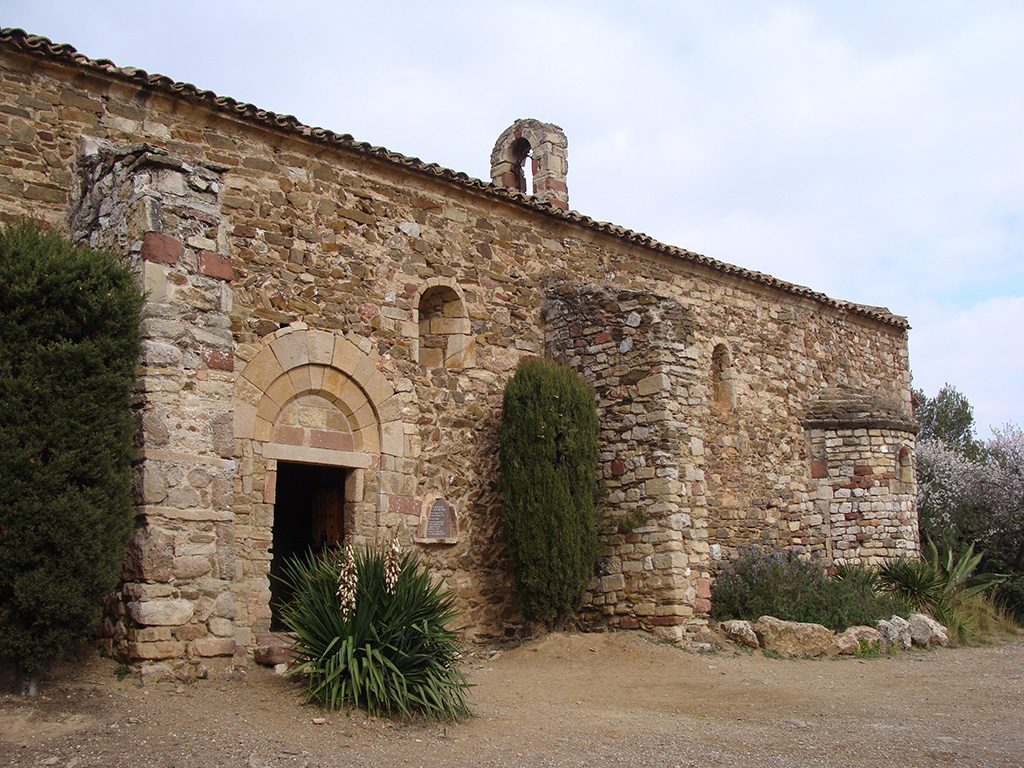
Farmhouses began to fill the landscape in the 12th century. Many of them have survived to the present day, though considerably altered. We also find remains of castles and fortifications, among them Castellciuró and Montcada Castle (both dating from the 12th century), evidence of wars and battles.
The 14th and 15th centuries were times of upheaval: the continual wars and Black Plague caused a dramatic reduction in the number of people living on Collserola. Many crops were no longer grown, and hunger and misery stalked the mountains for many years.
In the early 16th century, there was an improvement in peasants’ living conditions, as they were freed from vassalage. This, combined with growing population numbers, led to the recovery of farming, which in turn consolidated the peasantry. During the two centuries that followed, crops spread dramatically and woodland was cleared to make way for them.
In the 17th and 18th centuries, the medieval farmhouses were extended and refurbished. In addition, a number of new ones were built, such as Can Monmany (1780) in Valldoreix; Can Borrell (17th century) in Sant Cugat; and Can Fatjó (1637) in Sant Just Desvern.
In 1860, when phylloxera appeared in France, vineyards began to spread across Collserola. The woods retreated still further and were unable to take back the lost ground until the pest arrived in Catalonia between 1883 and 1886. This, together with the industrial impetus in cities and the growth of the towns around the chain of mountains, led to cropland being abandoned and the recovery of extensive areas of woodland.
Collserola began to be used for leisure purposes in the mid-19th century. The first summer residences were built on the Barcelona crests of the mountain range. The building of new roads that crossed the area drew the city’s residents to the mountains, where springs and shrines greeted them. Collserola was no longer a barrier but a place for gatherings, outings to springs and other excursions.
In the opening two decades of the 20th century, there was a quantitative and a qualitative change in the use of the mountain range. The usage of the Collserola increased to an unprecedented level as a result of the construction of the Tibidabo funicular (1901) and the electric tram to Vallvidrera (1905); the Mina Grott mini electric train (1908), which took a tunnel through the mountain to the Vallvidrera Reservoir and Lake Valley Park (an area in the middle of the Vallvidrera woodland with gym equipment, football pitches, tennis courts, skittles, rollercoasters, target shooting, merry-go-rounds and captive hot-air balloons); the Vallvidrera funicular (1916); the extension of the railway line to Les Planes and El Vallès (1917; and the transformation of the network of local roads into a continuous system due to the increasing popularity of cars.
In addition, the El Tibidabo company was set up and the Gran Hotel Restaurant de La Rabassada opened in (1899), expanded by the later addition of the Gran Casino in 1911. Other new buildings erected included the crypt of the Church of the Sagrat Cor (1902), the Water Tower (1902) and the Fabra Observatory (1904).
Over the course of the 20th century, the strip of cropland that for centuries had separated the urban population centres from the woodland on Collserola gradually shrank. The towns and cities around the mountain chain occupied ever more terrain. As the railway network grew, new urban developments spread hand in hand with it, occupying some of the valleys in among the mountains.
By the 1970s, the metropolitan population was nearing 3 million people. Over half of the population of Catalonia were living in a very small area amounting to less than 2% of the country. In 1976, approval was given to the Metropolitan Masterplan, which was intended to improve the environment in cities and to halt the impetus for urban development. This plan structured the metropolitan area and defined the large spaces to be preserved and protected from urban growth.
Collserola, with its almost 11,000 hectares, is a fundamental part of this plan. To preserve this space, the Collserola Park was set up in 1987, covering 8,465 hectares and managed by the nine municipalities in the park and by Barcelona Provincial Council.
Lastly, in October 2010, in Decree 146/2010 the Collserola mountain chain was declared a natural park extending across 8,259 hectares, called the Serra de Collserola Natural Park.

